Lawyer Monthly features Level Legal’s Daniel Bonner answering a question about one of our areas of expertise: International antitrust reviews are a labor-intensive process, especially during a pandemic. How do review teams effectively tackle these projects?
While the global pandemic appears to have provoked a downturn in M&A transactions after a decade-long bull run, Goldman Sachs analysts expect the current cycle to be short-lived. EY’s Brian Salsberg is already anticipating “there will be a relatively short M&A window that opens as the COVID-19 crisis ends, during which bargains will be had by those with the liquidity and the risk tolerance to move quickly.”
When M&A activity picks up again, transactions that raise anti-competitive concerns may be subject to investigatory antitrust requests from the EC and their home countries. Companies operating outside the EU may be subject to similar requests from regulatory bodies in other jurisdictions. Responses to antitrust reviews—known as “second requests” in the US—are typically high-volume, document-intensive, high-stakes discovery projects with aggressive, non-negotiable deadlines. When antitrust scrutiny expands to include multiple international jurisdictions, the stakes become even higher, and project scope and complexity can quickly spin out of control. How do corporations, their counsel, and legal services providers successfully respond to antitrust reviews spanning multiple countries?
Continue reading the full article on the Lawyer Monthly website here.


